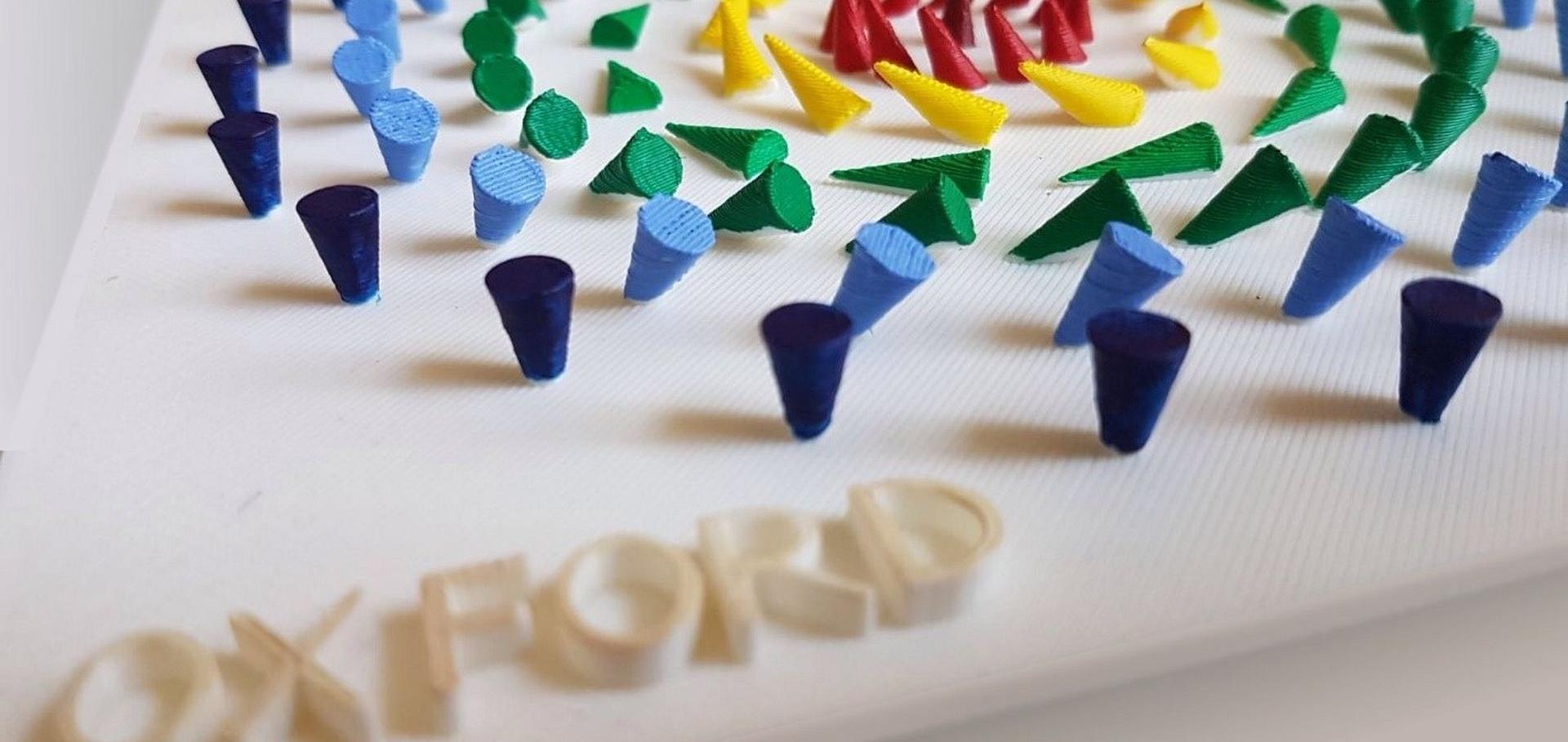Studies on acoustically-induced migration in thin layers at GHz frequencies
Sensoren und Messysteme 2006 (2006)
Competing magnetic interactions in MnAs studied via thin film domain pattern analysis
Physical Review B - Condensed Matter and Materials Physics 72:21 (2005)
Abstract:
Manganese arsenide is one of the few ferromagnetic metals that can be grown on semiconductor substrates as a thin film with high structural perfection. The coupled magnetic and structural phase transition around 40°C leads to a variety of different phenomena such as the self-organized stripe formation on GaAs(001) substrates or the anisotropic lattice shrinkage. By investigating the domain pattern in the phase coexistence region we provide experimental evidence that the magnetic order is due to competing ferromagnetic double-exchange and antiferromagnetic direct exchange interactions. This scenario corroborates recent theoretical calculations and may explain the frequently observed angle of 38° in the domain pattern of epitaxial MnAs films. © 2005 The American Physical Society.Qualitative and quantitative analysis of acoustomigration effects in SAW-devices
Microelectronic Engineering 82:3-4 SPEC. ISS. (2005) 655-659
Abstract:
Low-loss surface acoustic wave (SAW) filters are widely used in modern mobile phones, especially for front-end applications. Therefore high power durability of the SAW-structure is required. In order to develop an appropriate metallization the mechanism of acoustomigration has to be investigated in more detail. For this purpose, we designed a two-port test resonator which enables us to investigate acoustomigration in thin films. With a standard measuring procedure to quantify the power durability of metallization it is possible to investigate acoustomigration effects in thin layers systematically. For a better understanding of acoustomigration, we analysed the defect structure by different microscopy techniques as a function of the driving power, testing time and temperature. By in situ tests it was possible for the first time to investigate the growing of extrusions and cracks in real time on a submicron scale. We found a correlation between the loading and the measured number of extrusions as well as the frequency shift of the SAW device. © 2005 Elsevier B.V. All rights reserved.Tailoring of the structural and magnetic properties of MnAs films grown on GaAs-Strain and annealing effects
Journal of Vacuum Science and Technology B Microelectronics and Nanometer Structures 23:4 (2005) 1759-1768
Abstract:
MnAs films were deposited by molecular-beam epitaxy on GaAs(001) and GaAs(111)B surfaces. Imaging of the temperature-dependent magnetic structure by x-ray magnetic circular dichroism photoemission electron microscopy, and the comparison with magnetization measurements by superconducting quantum interference device (SQUID) magnetometry, is used to study the impact of the different strain state of MnAs/GaAs(001) and of MnAs/GaAs(111)B films on the phase transition between ferromagnetic α -MnAs and paramagnetic Β -MnAs, the spatial distribution of the two structural and magnetic phases, and the transition temperature. For the isotropically strained MnAs/GaAs(111)B films, the phase coexistence range is much wider than for the anisotropically strained MnAs/GaAs(001) films. The characteristic change of the saturation magnetization with film thickness is found to be a universal property of films with different epitaxial orientation, if at least one MnAs 〈11 2- 0〉 direction is in the film plane. For MnAs/GaAs(001) films this variation is related to the striped coexistence of α and Β MnAs and the changing intra- and inter-stripe magnetic interaction with film thickness and temperature. The magnetic structure of MnAs/GaAs(111)B is more complex due to the existence of three symmetry-equivalent α -phase domains superimposed by a honeycomb-like network of the coexisting Β phase. The magnetic properties (saturation magnetization, domain size) of thin MnAs/GaAs(001) films can be improved by postgrowth annealing. Above a certain film thickness this is inhibited by the complex magnetic structure of the film. © 2005 American Vacuum Society.From ferro- To antiferromagnetism via exchange-striction of MnAs/GaAs(001)
Europhysics Letters 72:3 (2005) 479-485


